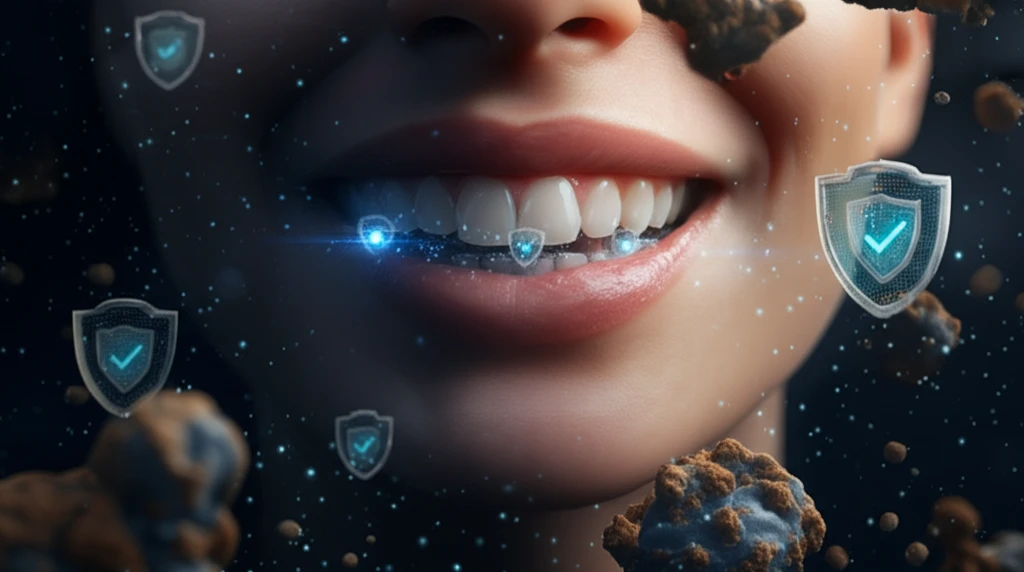
Keep Your Smile Sparkling: The Ultimate Guide to Orthodontic Adhesive and Antimicrobial Protection
"Discover how combining chlorhexidine-thymol varnish with orthodontic adhesives can revolutionize your oral hygiene during and after braces, ensuring a healthy, confident smile."
Orthodontic treatments are increasingly popular, yet they often come with the challenge of maintaining impeccable oral hygiene. Braces and other appliances create numerous hard-to-reach areas where bacteria can thrive, leading to issues like gingivitis, enamel demineralization, and those dreaded white spots. One of the biggest hurdles in orthodontics is helping patients keep their mouths clean and healthy throughout their treatment.
Traditional methods focus on diligent brushing and flossing, but sometimes that’s not enough. Food particles and plaque can stubbornly cling to brackets and wires, making it difficult to prevent bacterial buildup. This is where innovative solutions, like combining orthodontic adhesives with antimicrobial agents, come into play, offering an extra layer of defense against unwanted dental issues.
Imagine a future where your braces actively work to protect your teeth. Researchers have been exploring the benefits of incorporating antimicrobial substances directly into the materials used in orthodontic treatments. One promising approach involves using chlorhexidine-thymol varnish in conjunction with orthodontic adhesives to reduce bacterial activity right where it's needed most.
The Science Behind Antimicrobial Adhesives

Chlorhexidine is a well-known antimicrobial agent celebrated for its ability to disrupt bacterial cell membranes and prevent biofilm formation. When combined with thymol, another antiseptic compound, it creates a powerful duo that can significantly reduce the risk of bacterial infections and enamel damage during orthodontic treatment. By integrating this varnish with the adhesive used to bond brackets, orthodontists can provide continuous protection against harmful bacteria.
- Group 1: Control group with standard adhesive.
- Group 2: Adhesive combined with chlorhexidine-thymol varnish, cultured immediately.
- Group 3: Adhesive combined with varnish, stored in water for 7 days.
- Group 4: Adhesive combined with varnish, stored in water for 30 days.
The Future of Orthodontic Care
Combining chlorhexidine-thymol varnish with orthodontic adhesives represents a significant step forward in proactive dental care. While more research is needed to determine the long-term effects and optimal application methods, this approach offers a promising way to enhance oral hygiene during orthodontic treatment. By staying informed and consulting with your orthodontist, you can take advantage of these advancements to achieve a healthier, more radiant smile.
